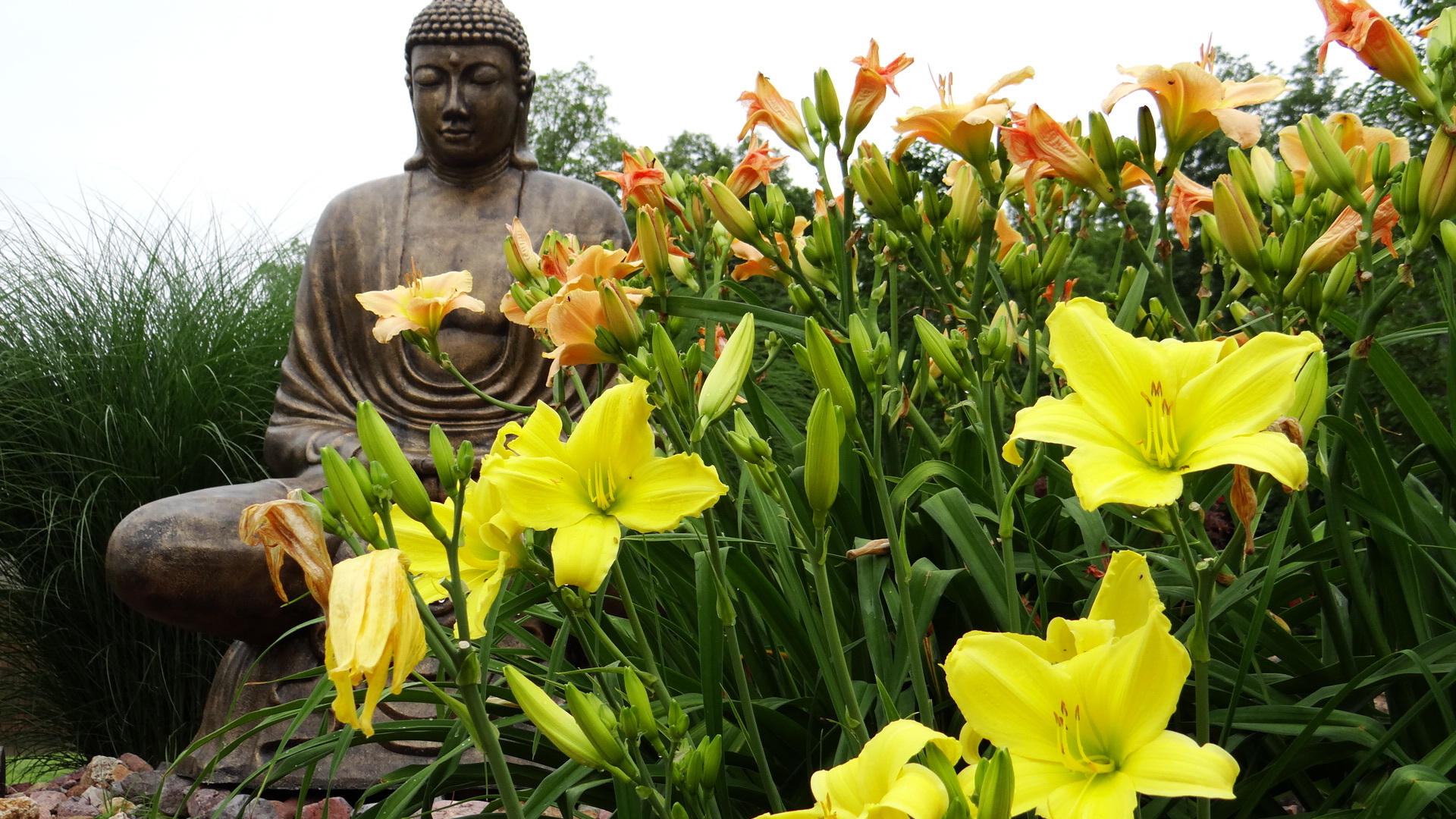
126.1K
Downloads
288
Episodes
Talks on Buddhist Suttas by Bhante Vimalaramsi and Delson Armstrong- A variety of suttas is discussed and what they mean. We teach Tranquil Wisdom Insight Meditation (TWIM) . We teach the BrahmaVihara Metta (Lovingkindness) practice with the goal of attaining Nibbana in this very life.
Episodes

Friday Apr 10, 2020
Gainesville, FL 2001 DN 33-1 Old Cassette Recording
Friday Apr 10, 2020
Friday Apr 10, 2020
Talk by BV June 1, 2001 in Gainesville, FL
Digha Nikaya #33 2's #5
Starts midway through

Friday Apr 10, 2020
Gainesville, FL 2001 DN 33-4 Old Cassette Recording
Friday Apr 10, 2020
Friday Apr 10, 2020
Talk by BV June 4, 2001 in Gainesville, FL
Digha Nikaya #33 2's #31
Bhante Vimalaramsi

Friday Apr 10, 2020
Gainesville, FL 2001 DN 33-3 Old Cassette Recording
Friday Apr 10, 2020
Friday Apr 10, 2020
Talk by BV June 3, 2001 in Gainesville, FL
Digha Nikaya #33 2's #24
Bhante Vimalaramsi

Friday Apr 10, 2020
Gainesville, FL 2001 DN 33-2 Old Cassette Recording
Friday Apr 10, 2020
Friday Apr 10, 2020
Talk by BV June 2, 2001 in Gainesville, FL
Digha Nikaya #33 2's #14

Friday Apr 10, 2020
Factors of Enlightenment -Jhanas- Older Talk 23 minutes
Friday Apr 10, 2020
Friday Apr 10, 2020
This talk is from an older collection of talks by Bhante Vimalaramsi

Wednesday Aug 28, 2019
New Look at the Satipatthana Sutta MN 10 with Bhante Vimalaramsi
Wednesday Aug 28, 2019
Wednesday Aug 28, 2019
Here, Bhante gives his different perspective on what the Buddha taught when he gave the foundations of mindfulness. This sutta is looked at in a different way and leads to what he calls his development of the method of Tranquil Wisdom Insight Meditation and the 6Rs. It leads to the highest attainment of the spiritual life, Nibbana.
He explains that Breath Meditation is taught in the suttas in a slightly different way then is practiced by most meditators. Adding the Tranquilize step makes all the difference in the result. Sutta Translation by Bhikkhu Bodhi
Recorded:Aug 19 2019
Where: DSMC
Talk by Bhante Vimalaramsi
Abbot - Dhamma Sukha Meditation Center
https://www.dhammasukha.org/
A complete guide to the meditation the way the Buddha taught:
https://www.thepathtonibbana.com/
How to practice Metta/TWIM Meditation
https://www.dhammasukha.org/beginner---lovingkindness.html
What are the 6Rs
https://www.dhammasukha.org/the-6rs.html
Bhante Vimalaramsi
https://www.dhammasukha.org/ven-bhante-vimalaramsi.html

Tuesday Jul 23, 2019
LovingKindness Meditation Instructions with Bhante Vimalaramsi
Tuesday Jul 23, 2019
Tuesday Jul 23, 2019
These are the simple lovingkindness or Metta meditation instructions that are given by Bhante Vimalaramsi, together with his unique method of working with distractions (6Rs).
For much more detail please check this web page

Tuesday Mar 05, 2019
Lovingkindness / Metta Instructions by Bhante Vimalaramsi
Tuesday Mar 05, 2019
Tuesday Mar 05, 2019
These are the simple lovingkindness or Metta meditation instructions that are given by Bhante Vimalaramsi, together with his unique method of working with distractions (6Rs).
For much more detail please check this web page

Tuesday Mar 05, 2019
Forgiveness Meditation Instructions by Bhante Vimalaramsi
Tuesday Mar 05, 2019
Tuesday Mar 05, 2019
Venerable Bhante Vimalaramsi has now created a powerful Forgiveness Meditation. When someone close to you dies and grief, and sometimes even guilt, arise afterwards, one seeks this kind of a meditation to reduce your suffering. This is just one example of unwholesome states that get stuck in your mind.
Additionally Bhante has found that when a student gets stuck in the Metta meditation and is making no progress he suggest the student to go through the Forgiveness Meditation. This enables them to remove the barriers that are there, and as a result, true warm sincere loving-kindness arises. Then the student moves back to the powerful Metta meditation that Bhante teaches. A meditation that will take the student to awakening.
More about Forgiveness meditation with the downloads for the book.

Saturday Nov 03, 2018
Guided Loving Kindness/Metta Meditation with David Johnson
Saturday Nov 03, 2018
Saturday Nov 03, 2018
A guided Loving Kindness Meditation using the earliest Buddhist Texts. This is the method of the Brahma Viharas which in the early text lead to awakening itself: Nibbana. This method is taught by Bhante Vimalaramsi, an American Monk, abbot at the Dhamma Sukha Meditation Center of Missouri, author of Life is Meditation, Meditation is Life. https://www.dhammasukha.org/
The meditation contains all of the instructions and is 30 minutes long, the recommended minimum time for sitting.
The meditation is guided and narrated by David Johnson author of The Path to Nibbana. https://www.thepathtonibbana.com/
Full Instructions for Metta can be downloaded here from the books page. 'Guide to Tranquil Wisdom Insight Meditation' in five languages.
If you get stuck or make some progress, that you want to discuss, simply email us at info@dhammasukha.org and someone will get back to you shortly.
https://www.dhammasukha.org/lovingkindness-instructions.html
